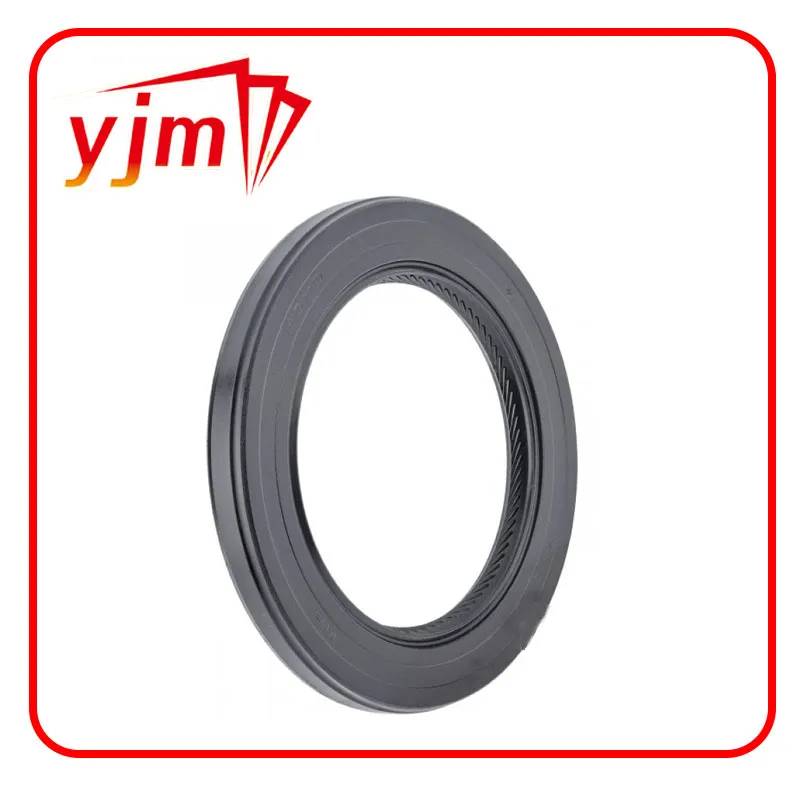transfer case input shaft seal
The transfer case input shaft seal is a crucial component in the drivetrain system of many vehicles, particularly those equipped with four-wheel drive (4WD) or all-wheel drive (AWD) systems. This seal plays a vital role in preventing fluid leaks from the transfer case into the surrounding environment, ensuring that the vehicle operates efficiently and reliably.
In essence, the transfer case input shaft seal is designed to create a barrier around the input shaft that connects the transfer case to the transmission. This connection is pivotal, as it allows power to be distributed to the front and rear axles. The seal is typically made of durable materials like rubber or silicone, designed to withstand high temperatures and pressures while maintaining flexibility.
Over time, however, these seals can wear down due to constant friction, exposure to extreme temperatures, and the inherent movement of the drivetrain components. When the seal begins to fail, it can lead to fluid leaks, which not only reduce the efficiency of the transfer case but can also result in more severe damage to the drivetrain if left unaddressed. Fluid loss can lead to overheating, excessive wear, and ultimately, catastrophic failure of the transfer case.
transfer case input shaft seal

Symptoms of a failing transfer case input shaft seal can include unusual noises when shifting gears, fluid spots beneath the vehicle, and a noticeable decrease in four-wheel or all-wheel drive performance
. It is crucial for vehicle owners to keep an eye out for these signs and address any issues promptly.Replacing a damaged transfer case input shaft seal is generally a straightforward process, but it requires some mechanical knowledge and specific tools. The process typically involves draining the fluid from the transfer case, removing the driveshaft, and then replacing the old seal with a new one. After installation, it is essential to refill the transfer case with the appropriate fluid and check for leaks to ensure that the repair was successful.
In conclusion, the transfer case input shaft seal is an essential component that ensures the proper functioning of a vehicle's drivetrain system. Regular maintenance and timely replacement of this seal can prevent fluid leaks and extend the life of the transfer case, contributing to overall vehicle reliability and performance. Vehicle owners should prioritize inspections of this seal, especially in older models or those subjected to harsh driving conditions.
-
Understanding Automotive Oil Seals: Essential Components for Engine and Shaft Protection
News Jul.30,2025
-
The Importance of Heavy Duty Seals in Industrial and Residential Applications
News Jul.30,2025
-
Exploring Industrial Oil Seals: From Felt Oil Seals to TTO and CFW Solutions
News Jul.30,2025
-
Essential Guide to Oil Seals: From Radial to Metal-Cased Seals for Industrial Reliability
News Jul.30,2025
-
Choosing the Right Oil Seals and Gaskets for Industrial and Automotive Applications
News Jul.30,2025
-
Cassette Seals: Durable Sealing Solutions for Harsh Environments
News Jul.30,2025
-
Understanding the Front Main Engine Seal: Purpose, Maintenance, and Installation
News Jul.29,2025
Products categories















